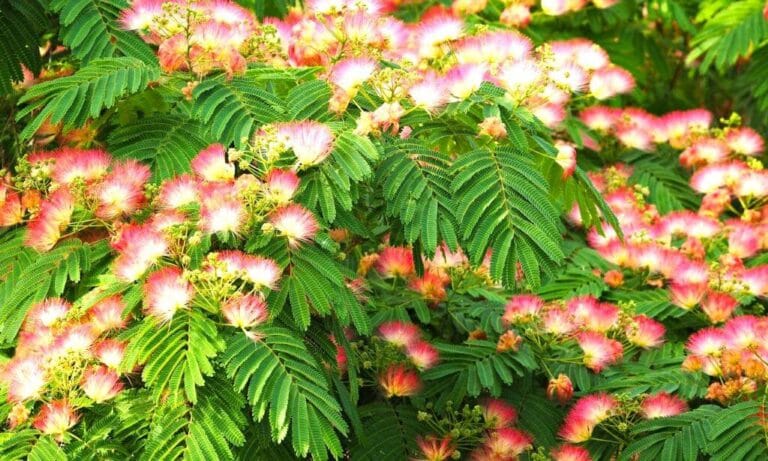Your backyard should be a place of peace and enjoyment, a spot for relaxation, fresh air, and maybe even some homegrown vegetables or flowers. But did you know that some seemingly harmless plants can cause big problems, even landing you in legal trouble? It’s true! There are several common plants that are illegal or highly discouraged to grow in your backyard in the US due to their invasive nature, toxicity, or other negative impacts.
Kudzu: The Creeping Invader
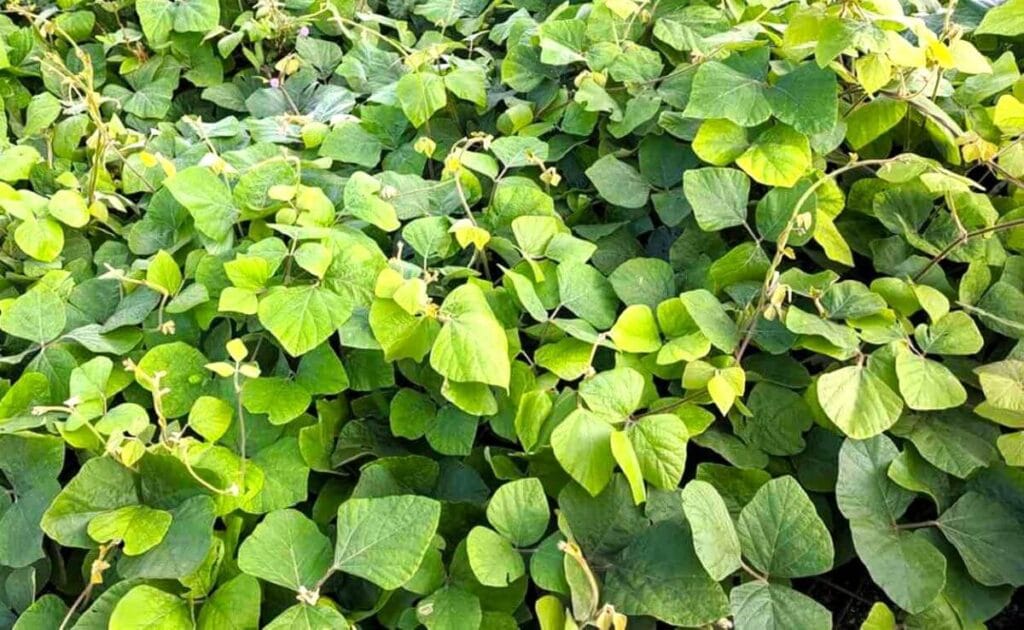
Kudzu (Pueraria montana) is a fast-growing vine introduced from Asia. While it was initially promoted for erosion control, it quickly became a major invasive species. Kudzu smothers everything in its path, from trees and buildings to power lines and even entire forests. It blocks sunlight, killing underlying vegetation and creating a monoculture. Eradication is challenging and expensive.
Giant Hogweed: A Nasty Neighbor
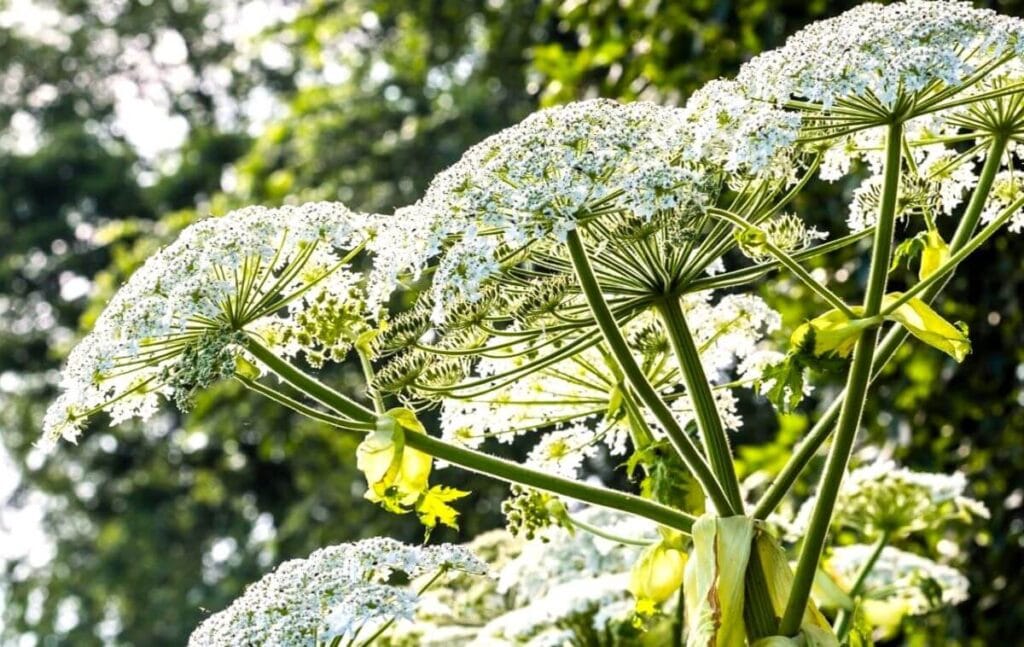
Giant Hogweed (Heracleum mantegazzianum) is a truly dangerous plant. Its sap contains phototoxic chemicals that cause severe burns and blisters when exposed to sunlight. These burns can be extremely painful and leave lasting scars. Contact with the eyes can even lead to blindness. Identifying and avoiding this plant is crucial.
Purple Loosestrife: Pretty but Pesky
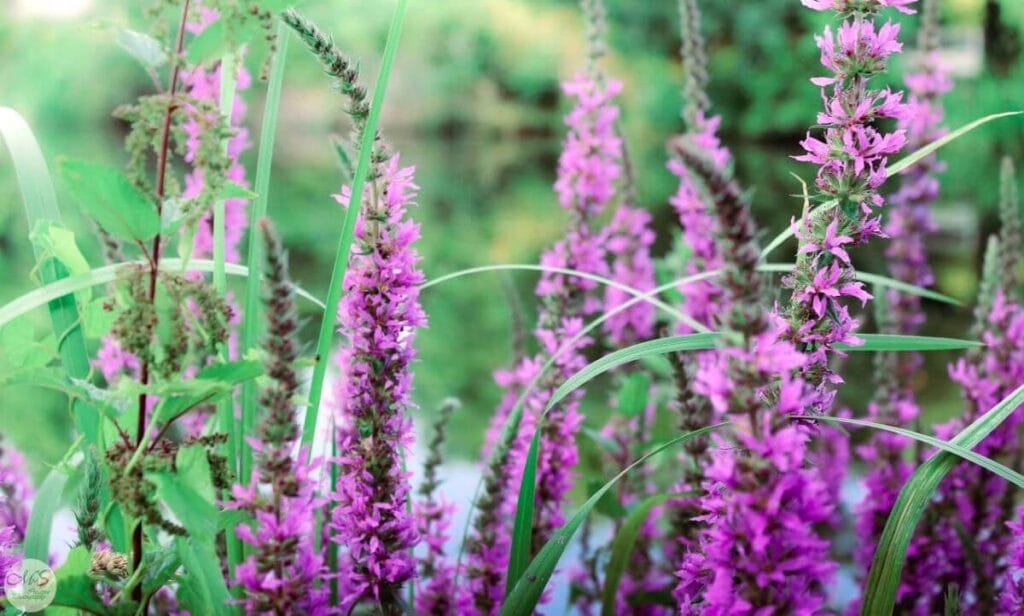
Purple Loosestrife (Lythrum salicaria) is a beautiful flowering plant, but it’s a highly invasive wetland species. It outcompetes native plants, reducing biodiversity and disrupting wetland ecosystems. This can negatively impact wildlife that depend on those native plants for food and habitat.
Cannabis: Know Your State Laws
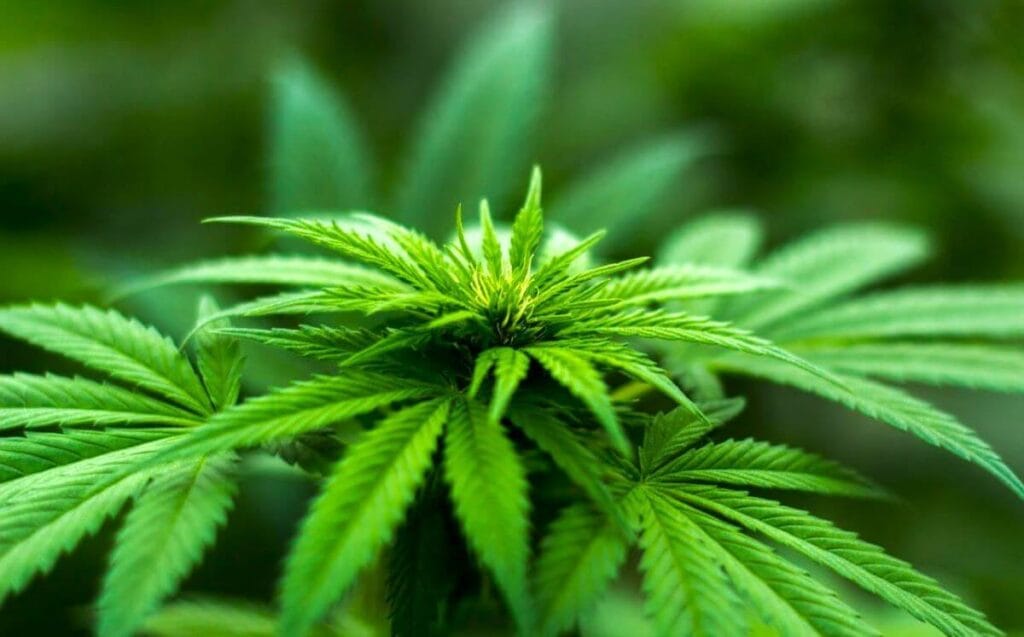
Cannabis (Cannabis sativa) is a complex case. While some states have legalized recreational or medical marijuana, it remains illegal at the federal level. Even in states where it’s legal, there are often strict regulations on the number of plants you can grow, where you can grow them, and other restrictions. Always check your local and state laws before cultivating cannabis.
Water Hyacinth: Clogging Up the Canals
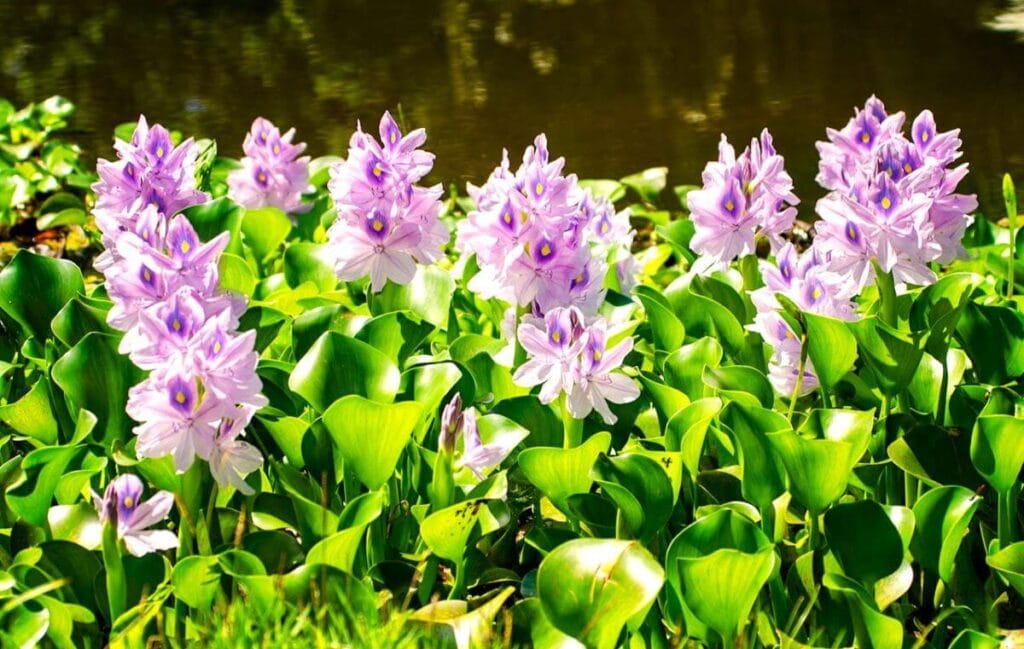
Water Hyacinth (Eichhornia crassipes) is a free-floating aquatic plant with beautiful purple flowers. However, it’s an incredibly invasive species that forms dense mats on the surface of waterways. These mats block sunlight, deplete oxygen levels in the water, and disrupt aquatic ecosystems. They also impede boat traffic and can contribute to flooding.
Belladonna: Deadly Nightshade
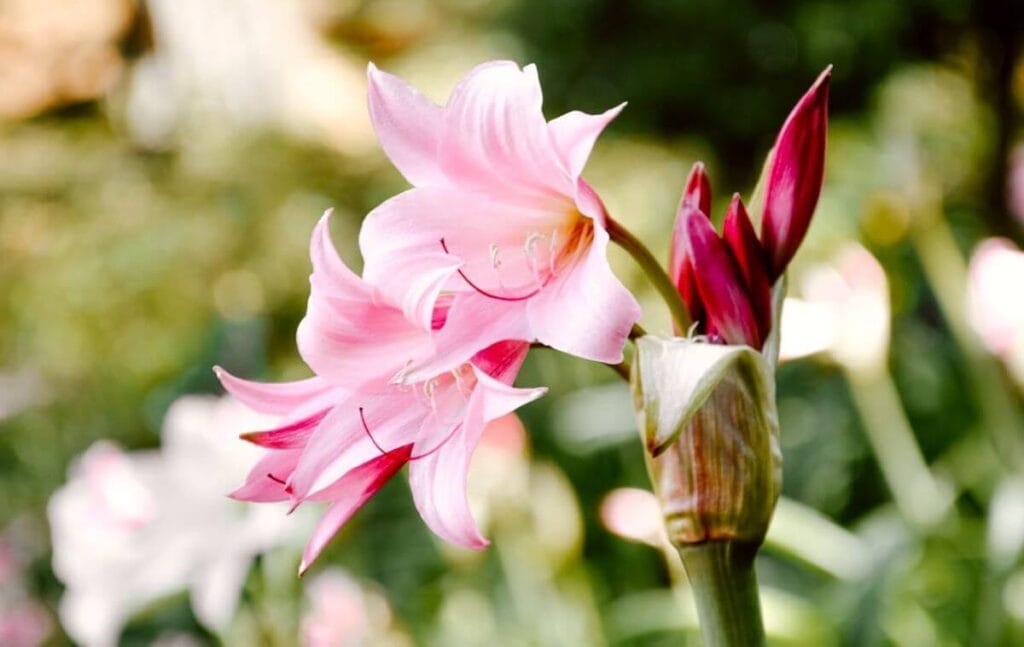
Belladonna (Atropa belladonna), also known as deadly nightshade, is a highly toxic plant. All parts of the plant contain toxic alkaloids that can cause serious illness or even death if ingested. Symptoms of poisoning include dilated pupils, blurred vision, hallucinations, and delirium. This plant should never be grown where children or pets have access.
Japanese Barberry: A Prickly Problem
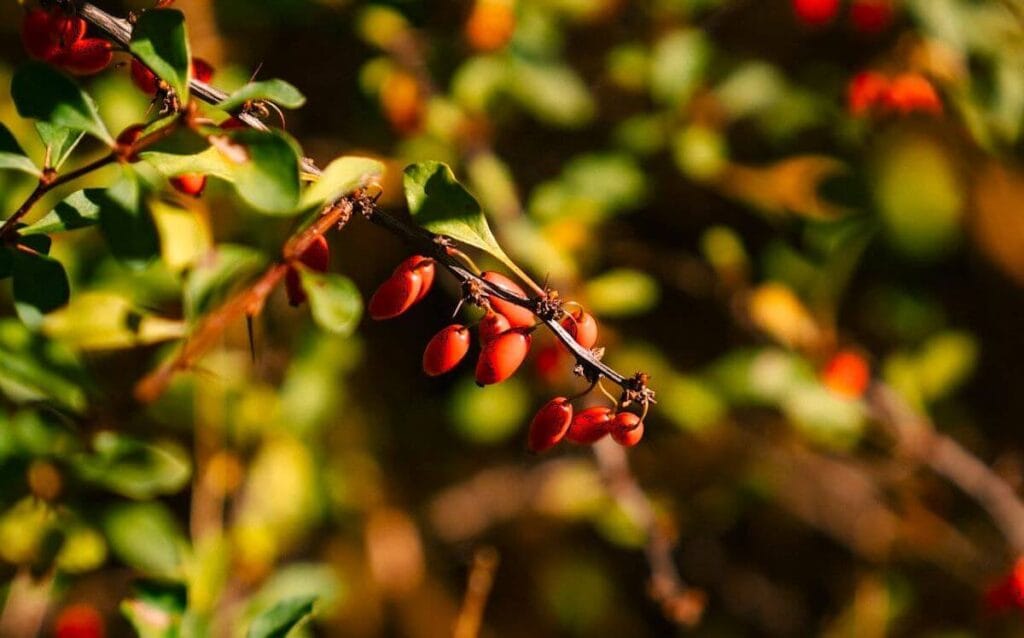
Japanese Barberry (Berberis thunbergii) is a popular landscaping shrub, but it’s also an invasive species. It forms dense thickets that crowd out native plants and provide ideal habitat for ticks that carry Lyme disease. Some states have banned the sale and cultivation of certain varieties.
Mimosa Tree: A Short-Lived Showstopper
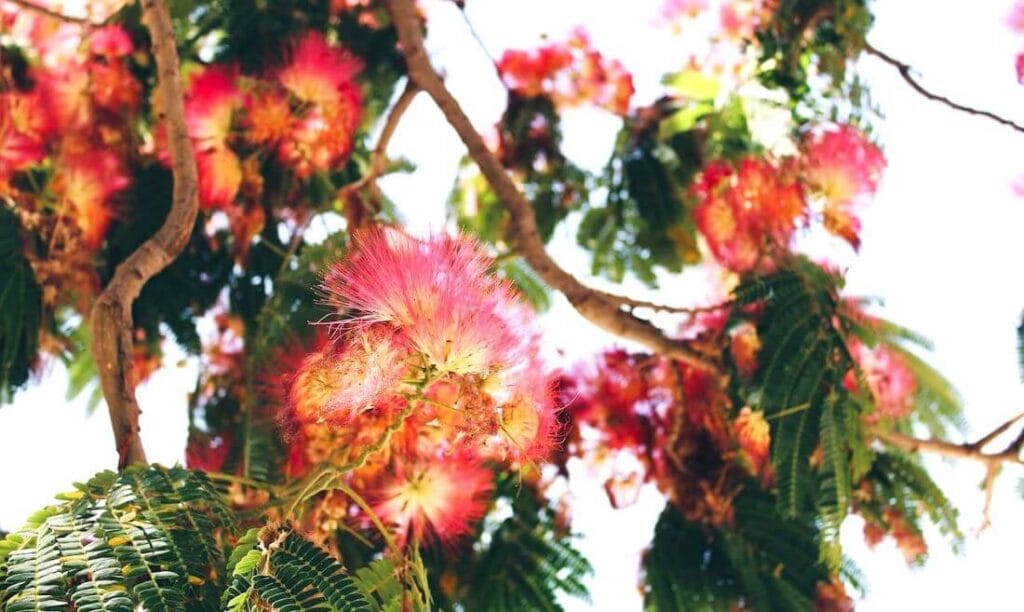
The Mimosa Tree (Albizia julibrissin), also known as the silk tree, has beautiful pink, fluffy flowers. However, it’s considered invasive in many areas. It spreads rapidly through seeds and suckers, forming dense thickets. Its weak wood makes it prone to storm damage.
More Considerations:
- Local Ordinances: In addition to state and federal laws, many local municipalities have ordinances regulating certain plants. Always check with your local authorities.
- Allergenic Plants: While not illegal, some plants can cause severe allergies. Consider your own health and the health of your neighbors before planting.
- Invasive Species Lists: Check your state’s invasive species list to see which plants are considered problematic in your area.
Final Thoughts
Creating a beautiful and safe backyard requires careful planning. Before planting anything new, do your research. Choose native or non-invasive species that are well-suited to your local climate. By making informed choices, you can create a thriving backyard ecosystem without causing harm to the environment or running afoul of the law.
